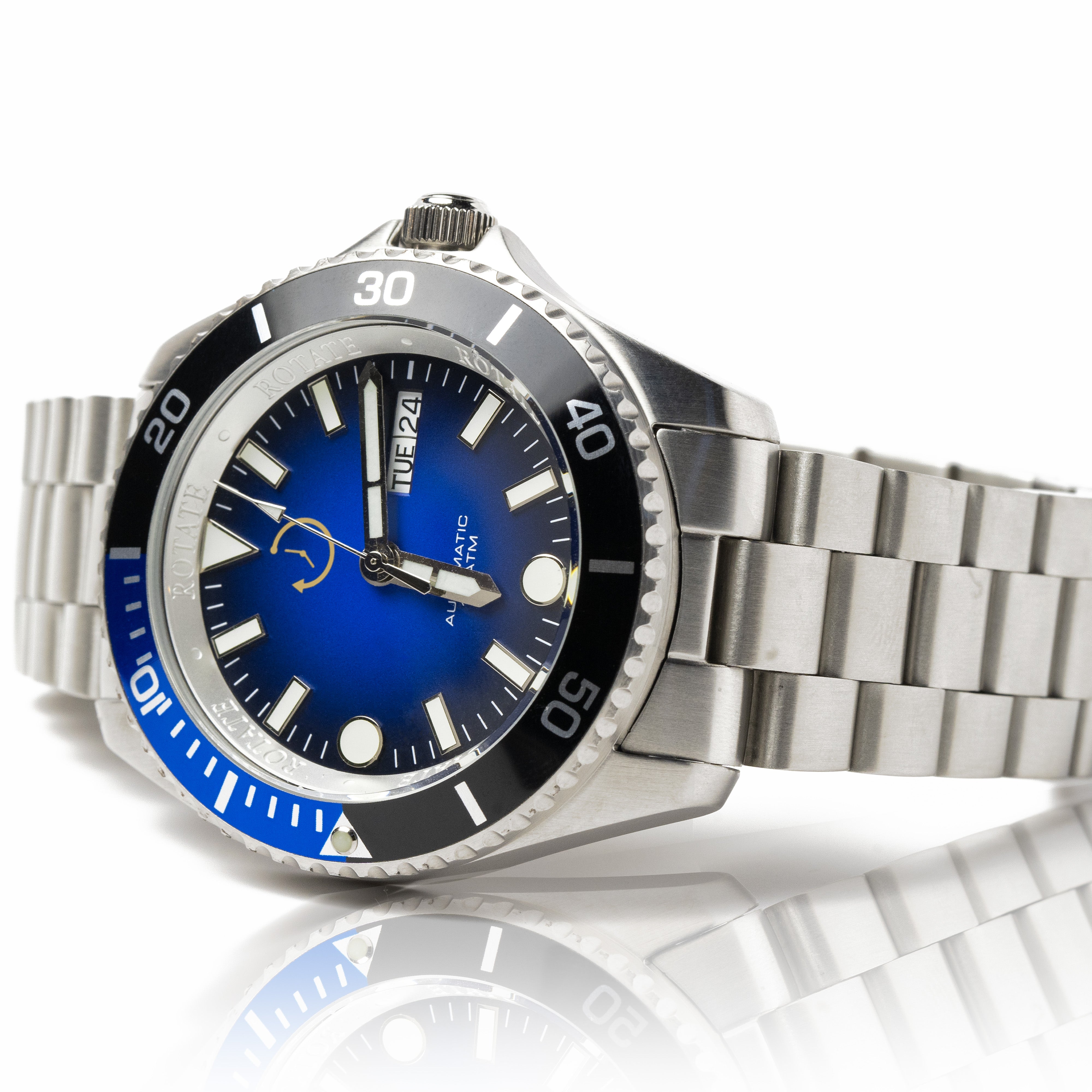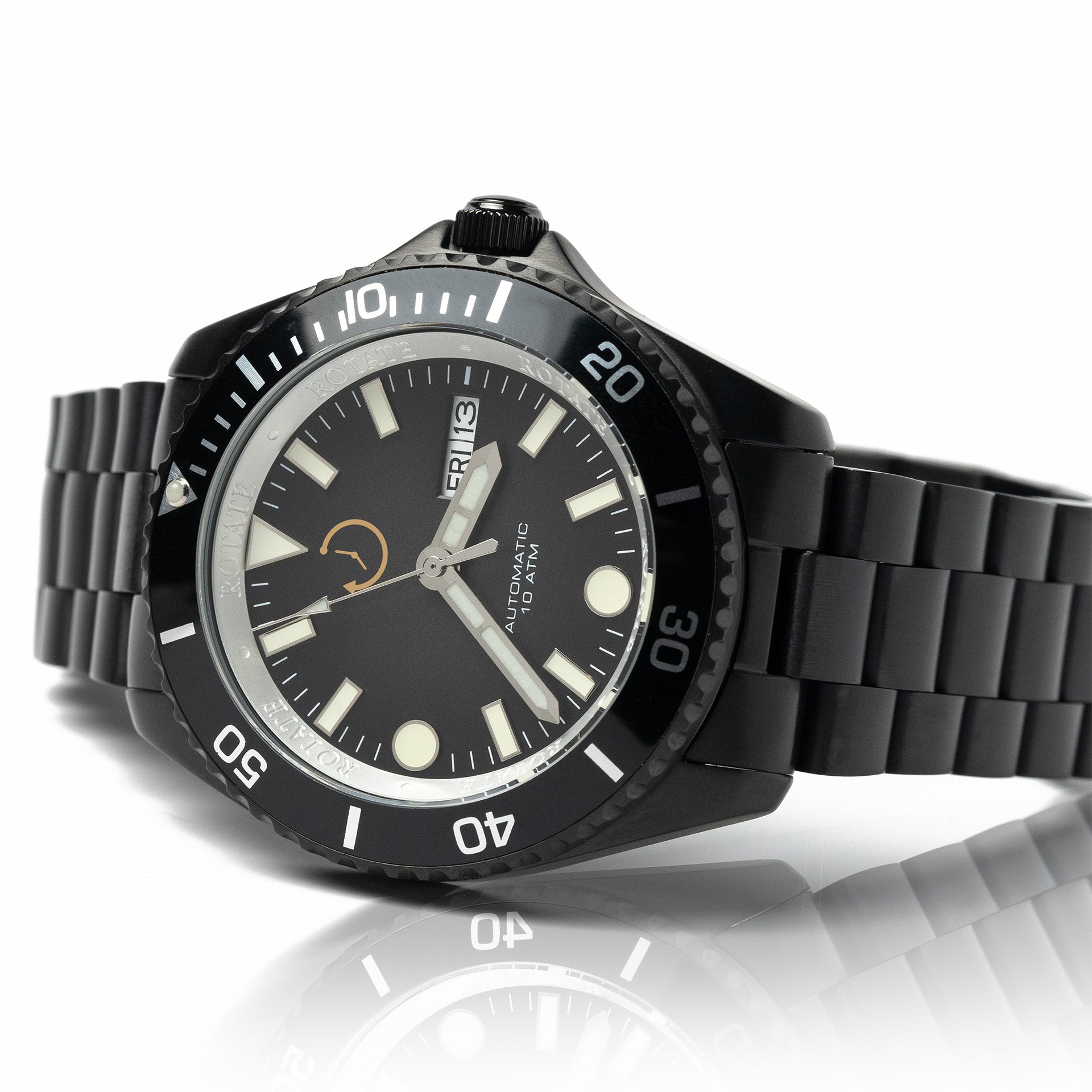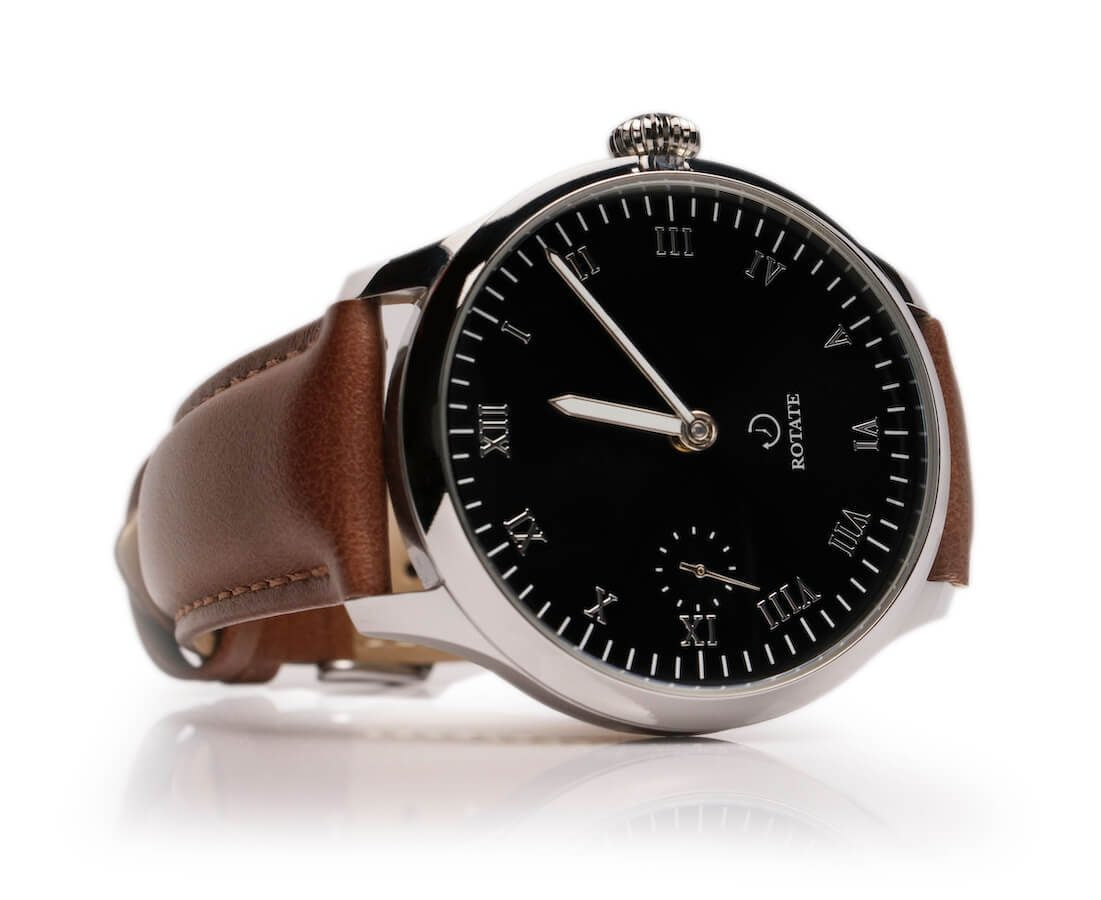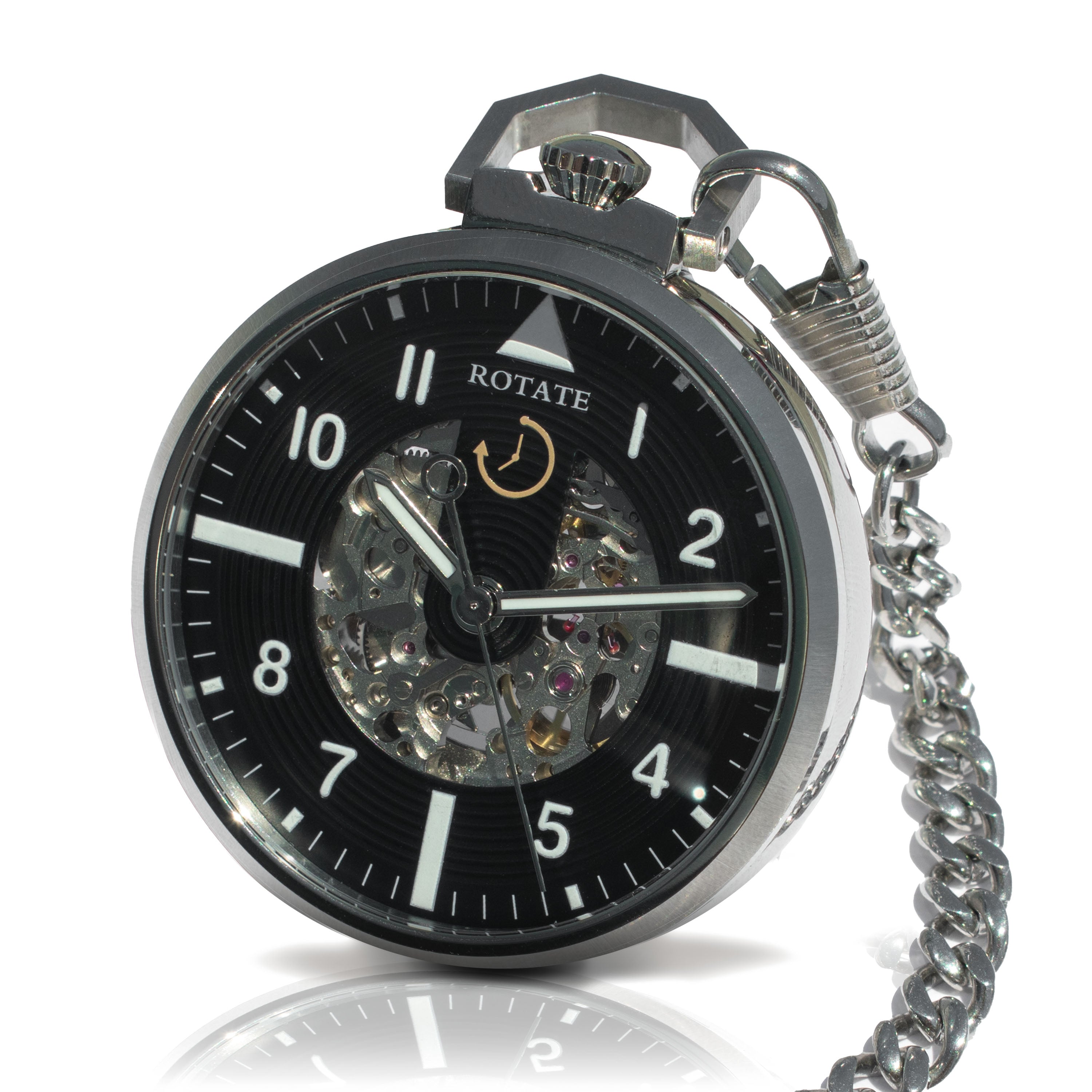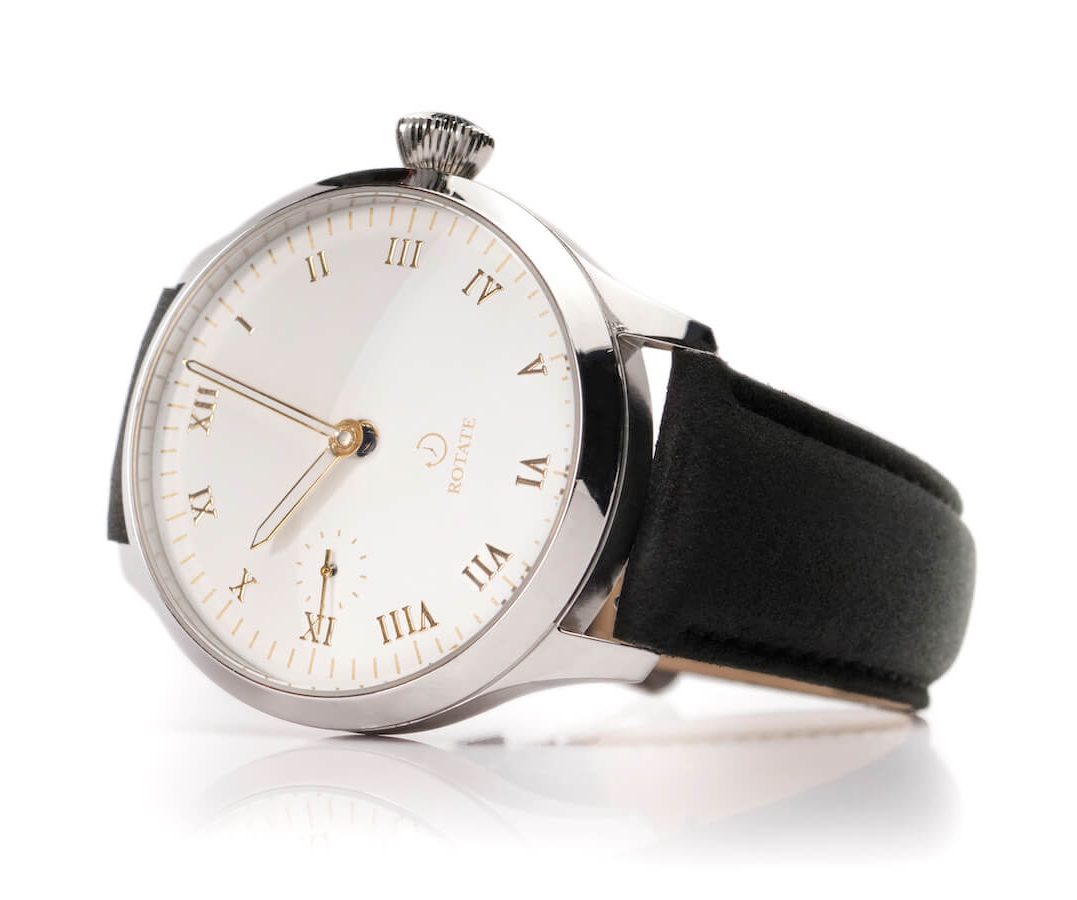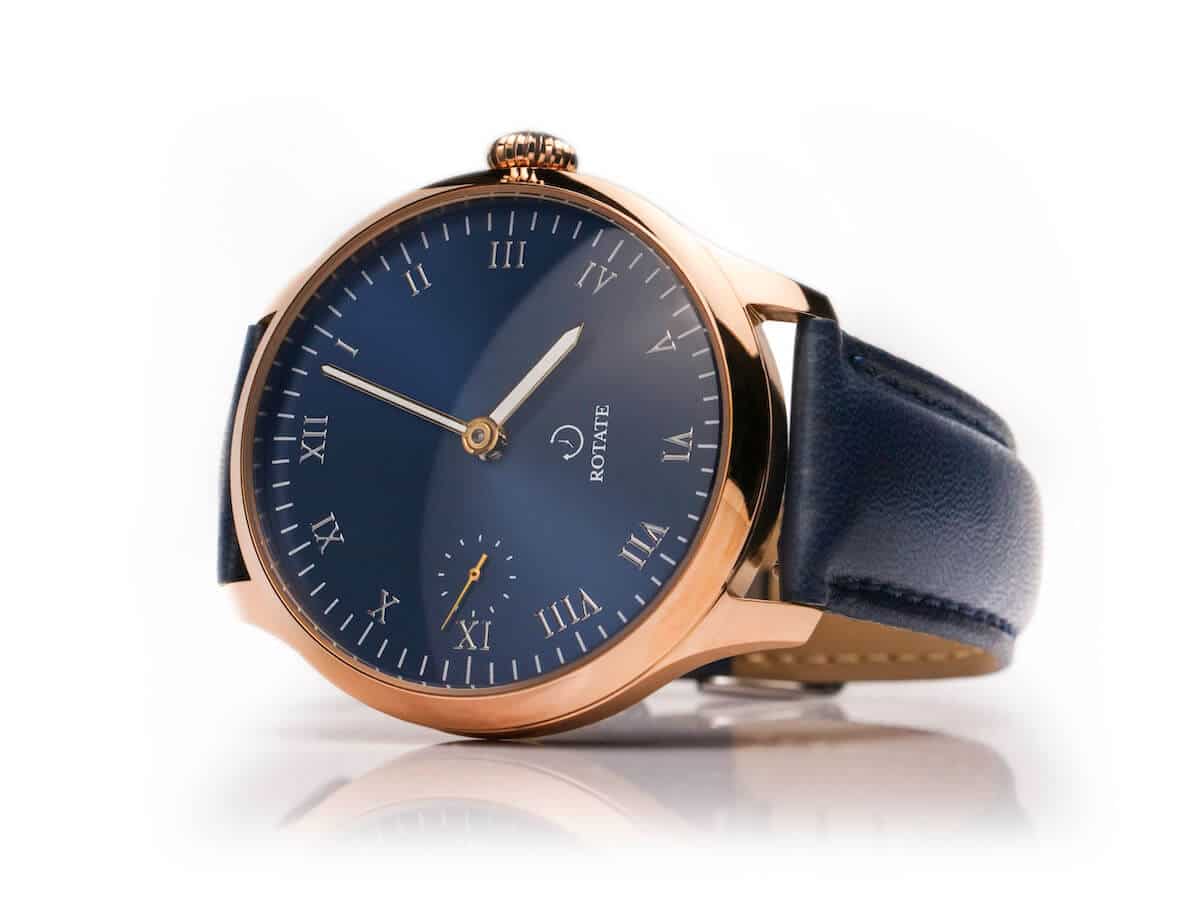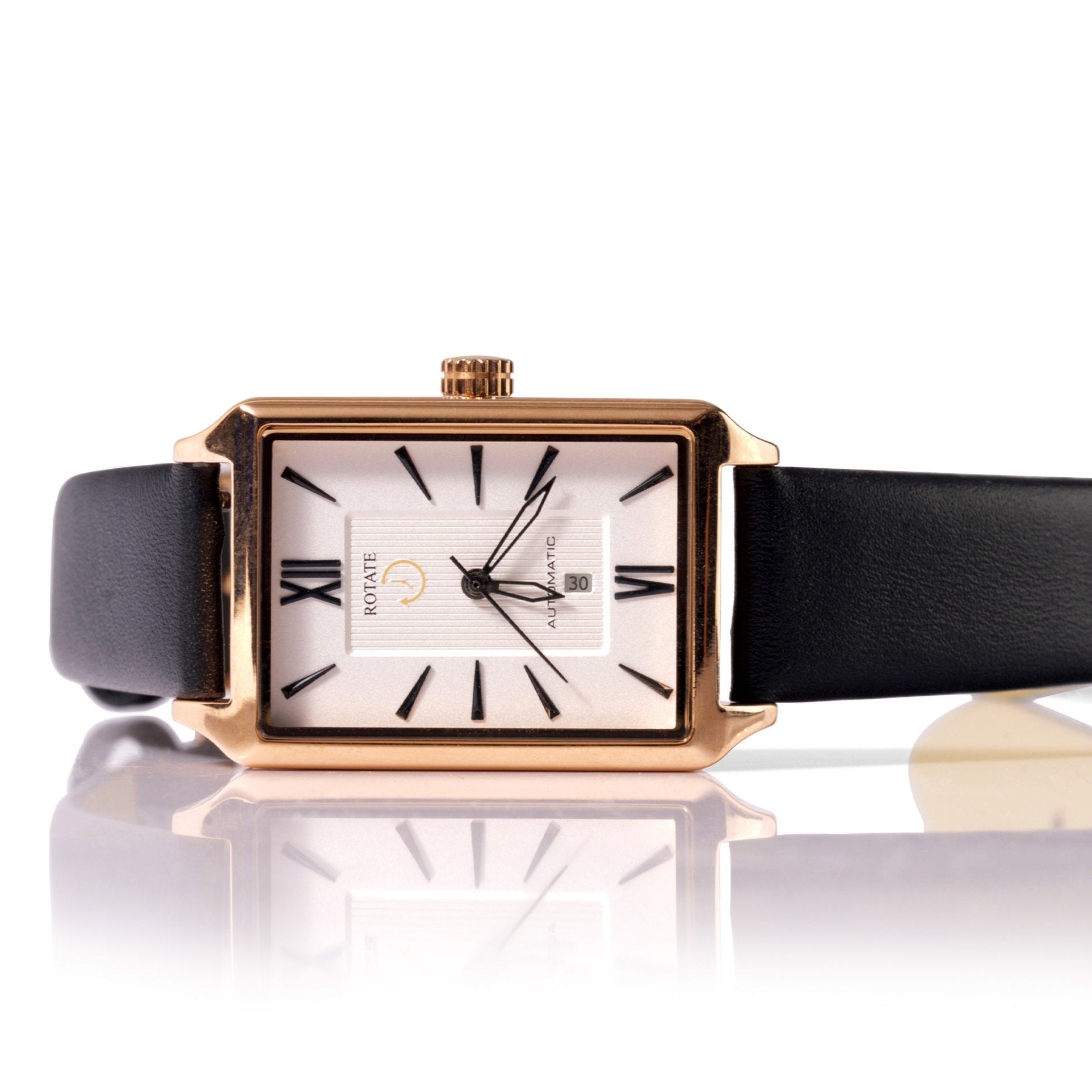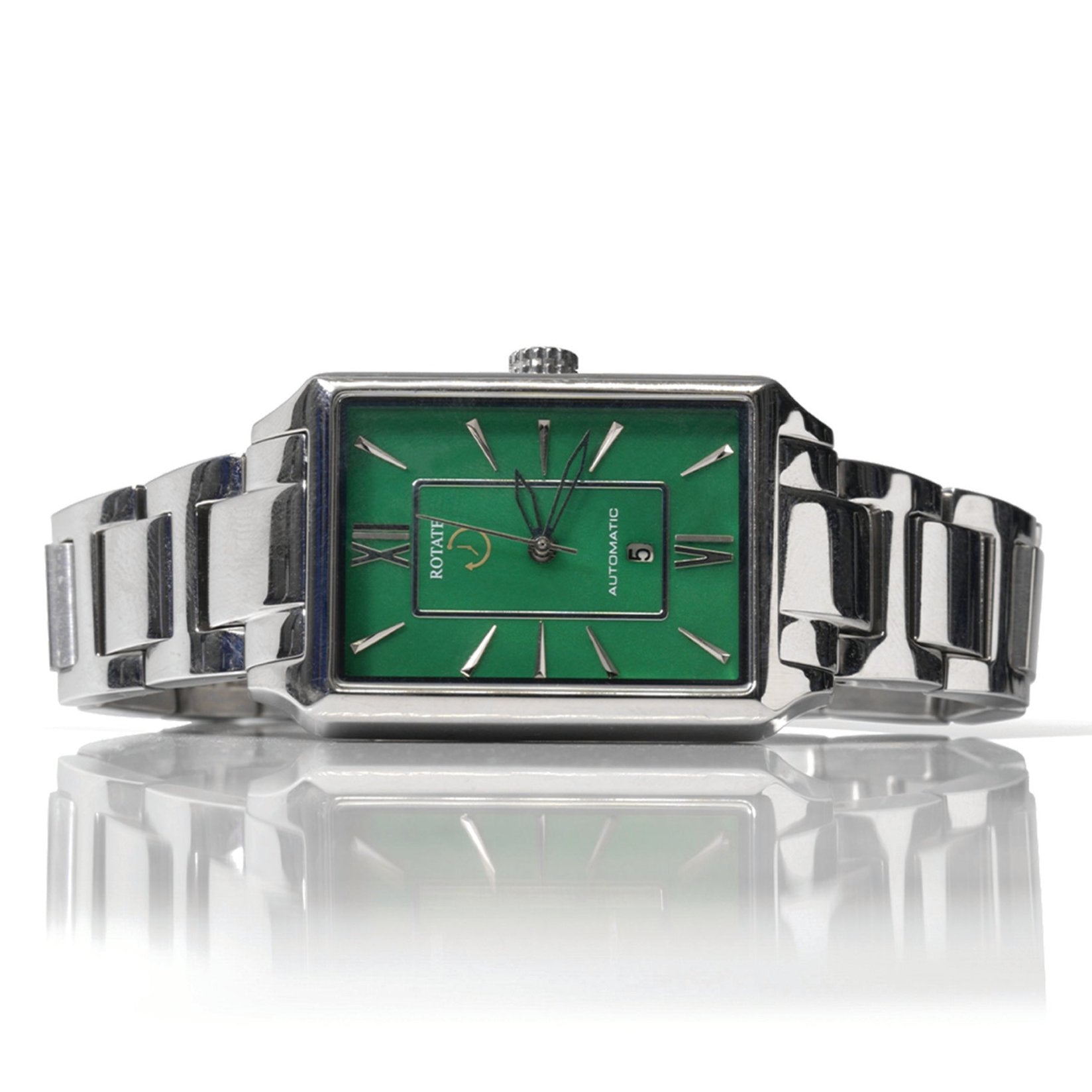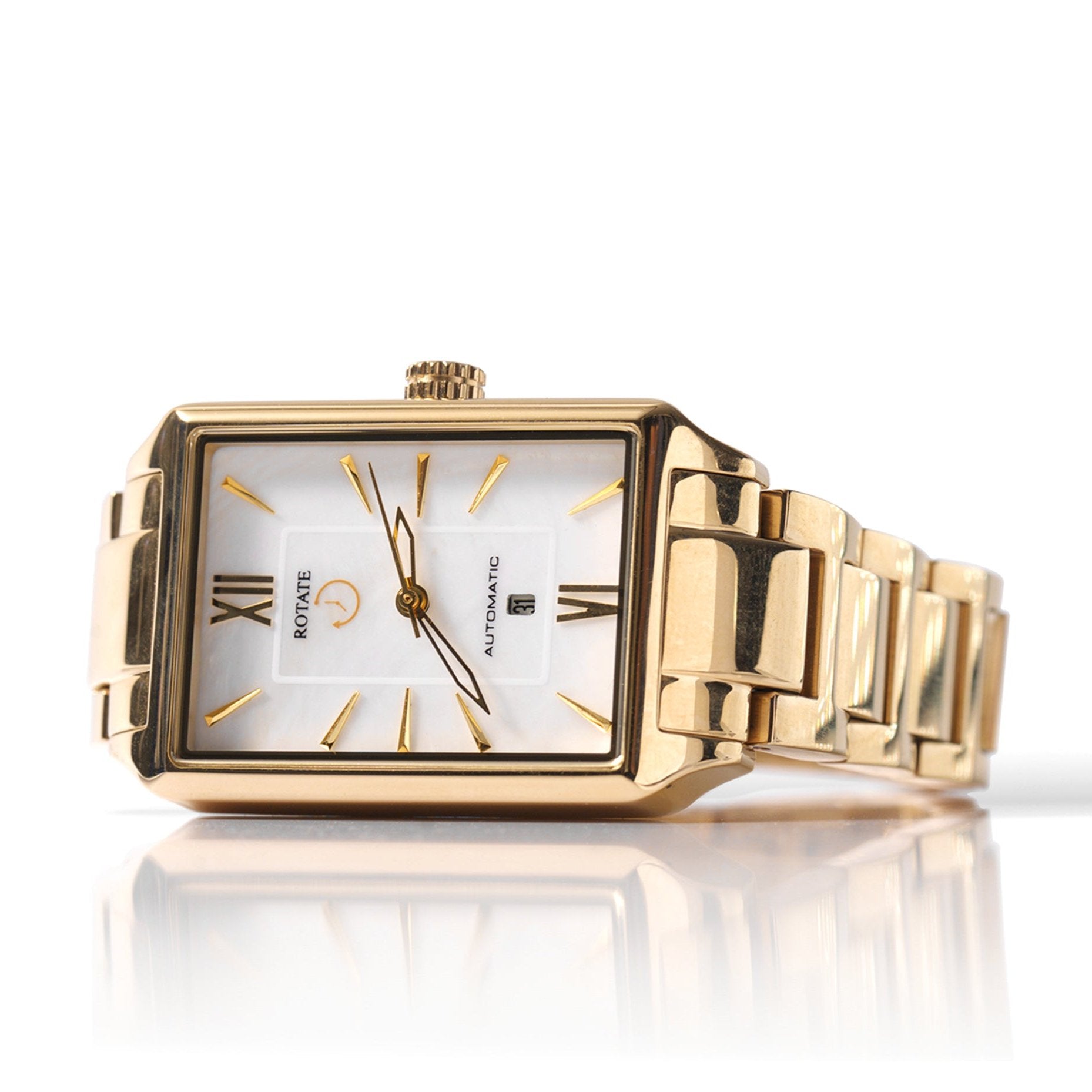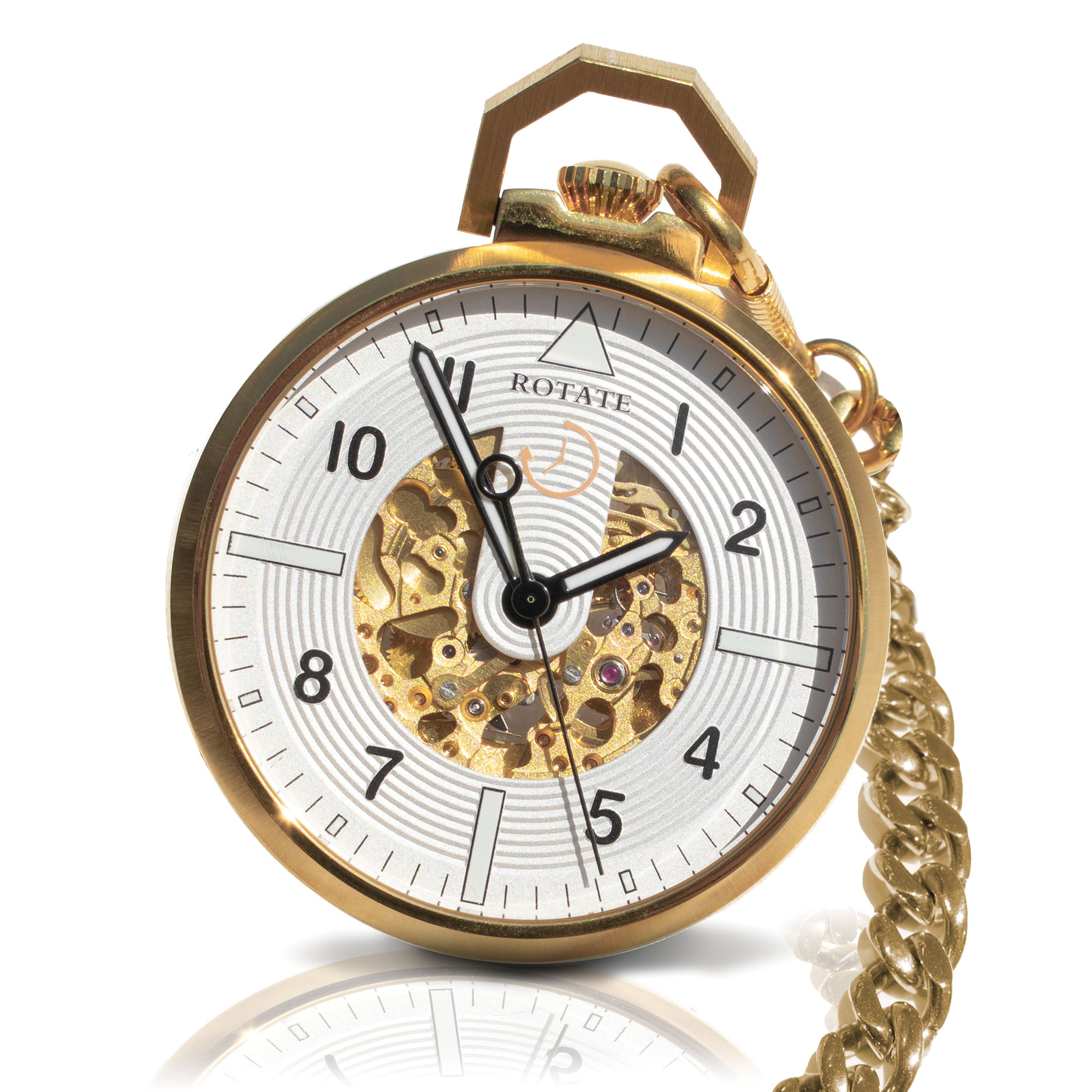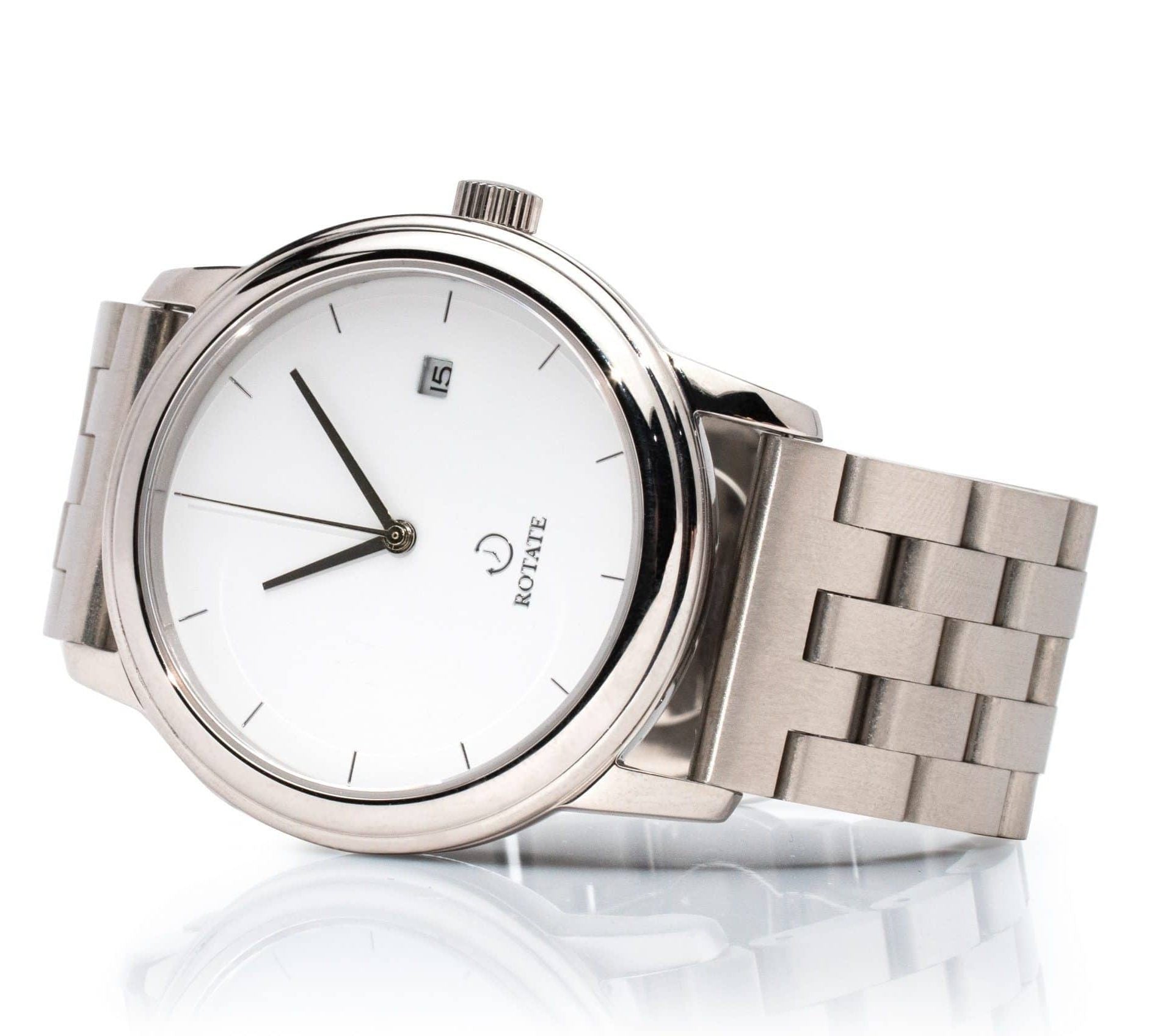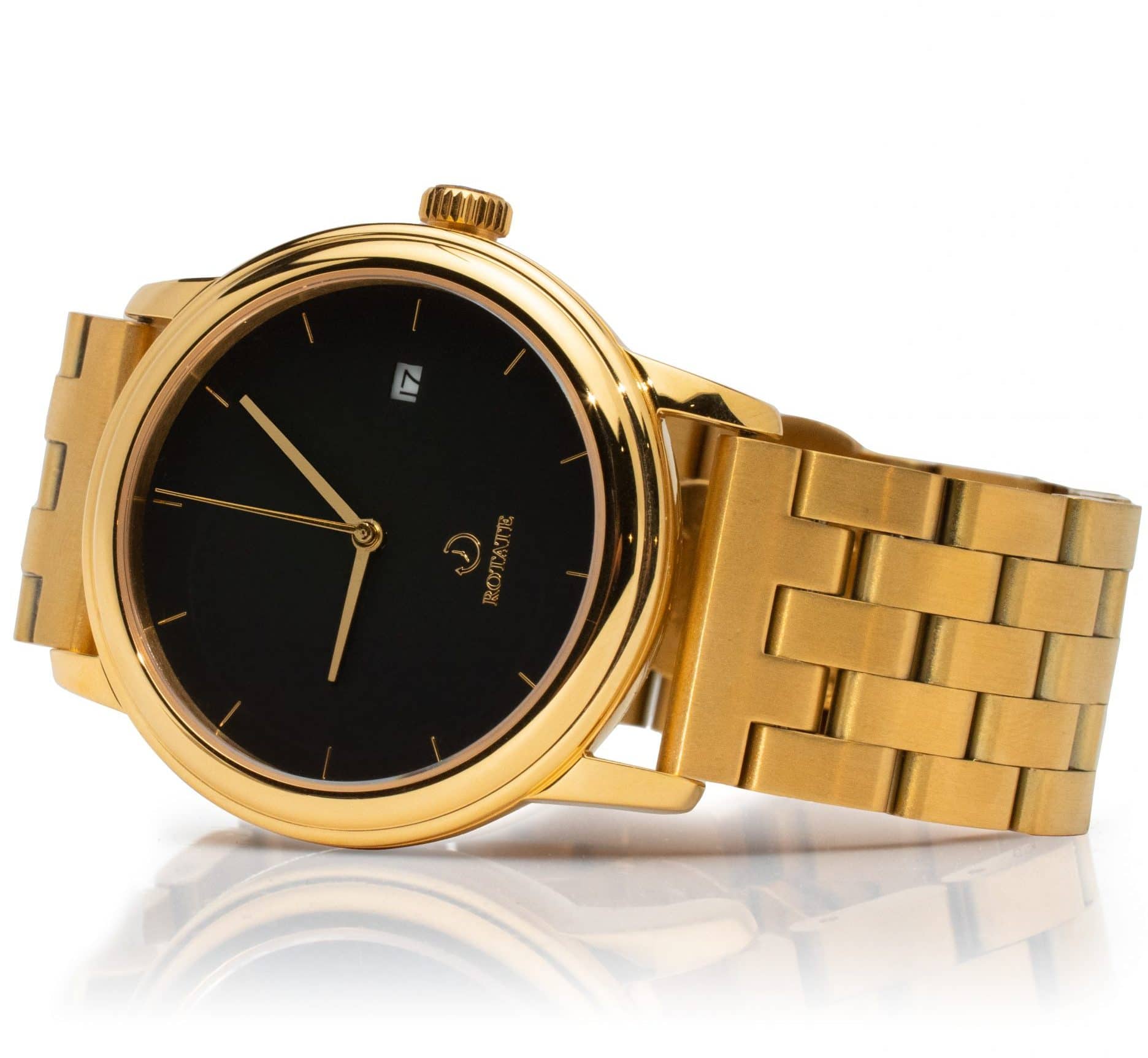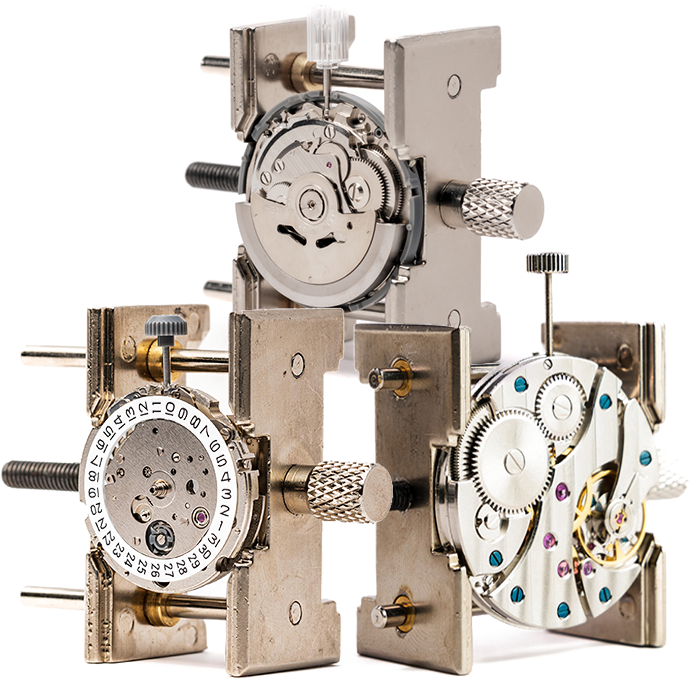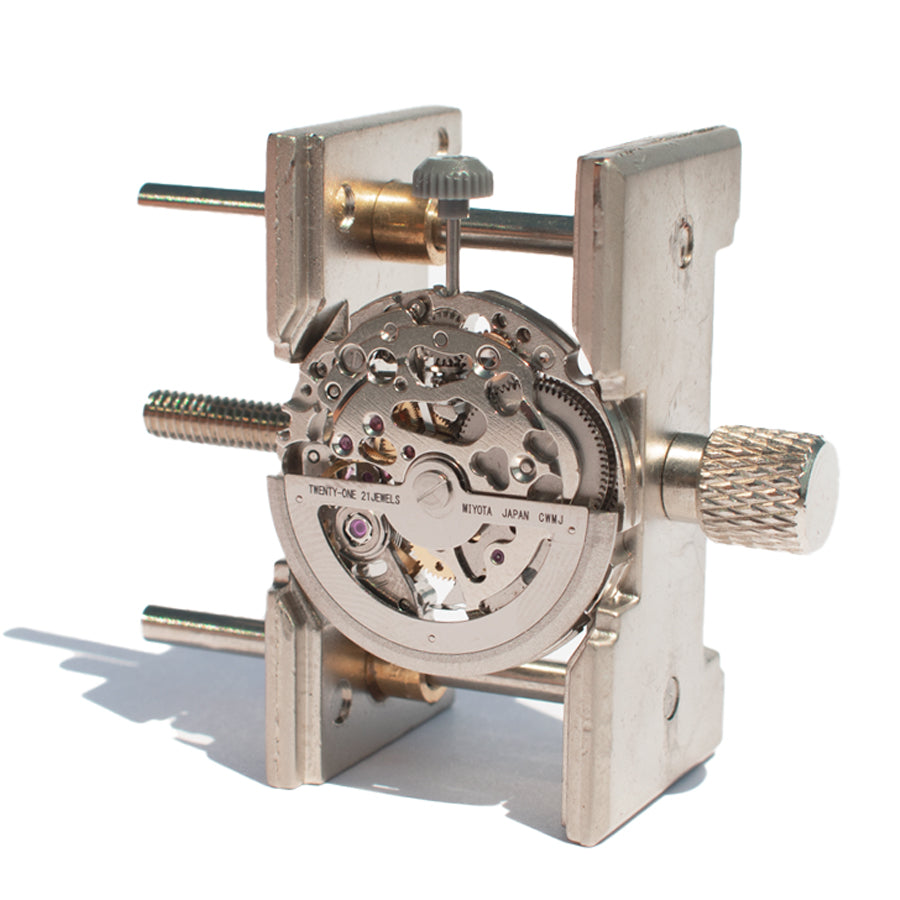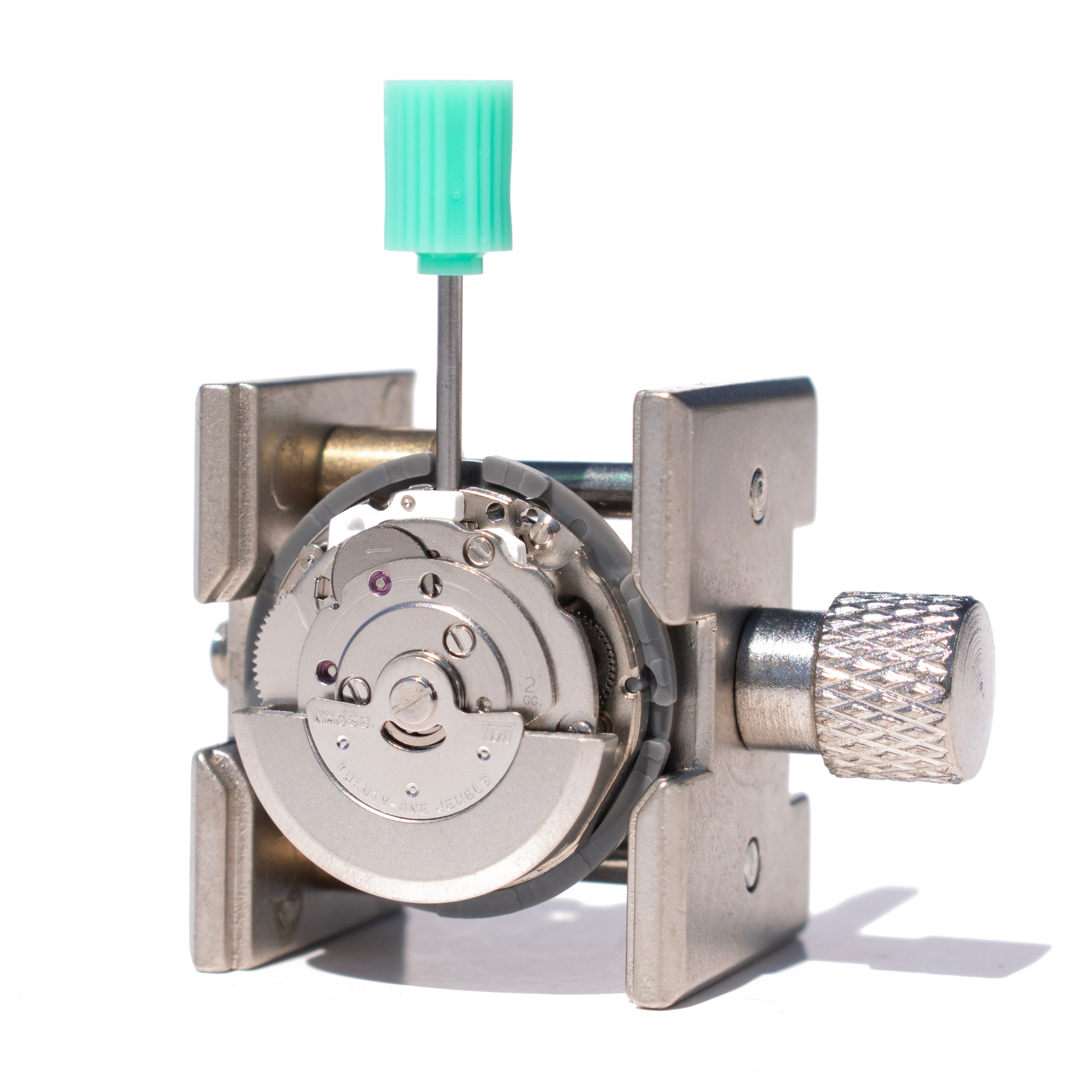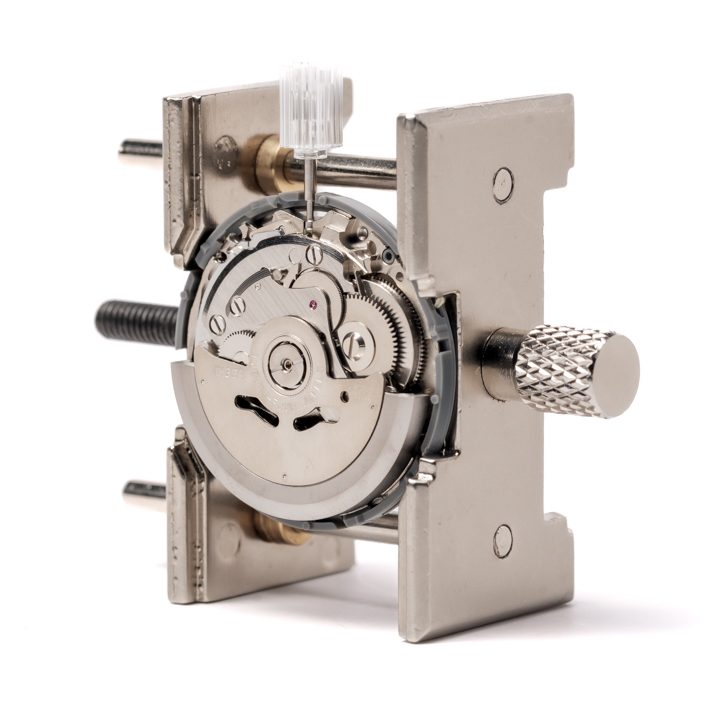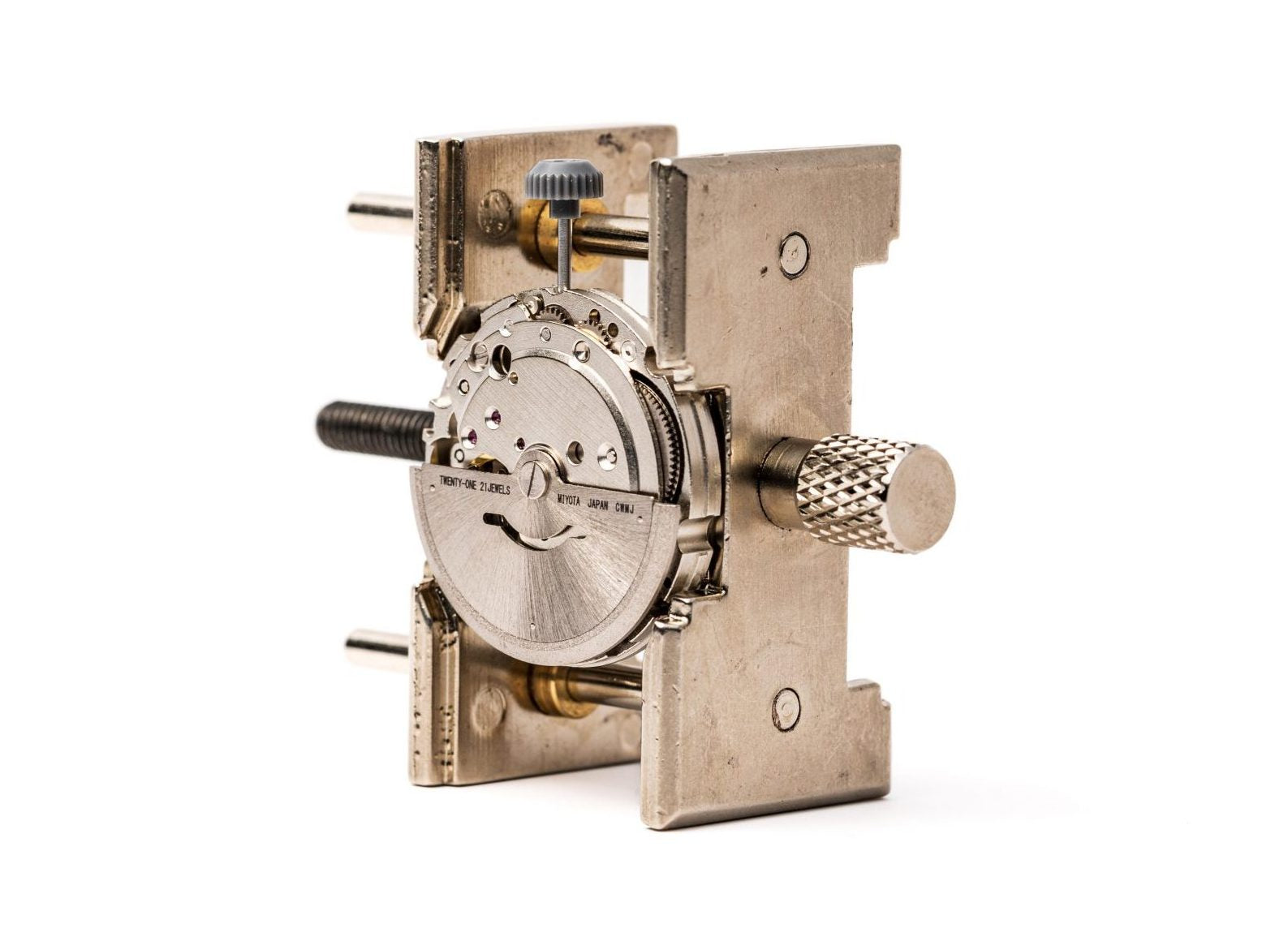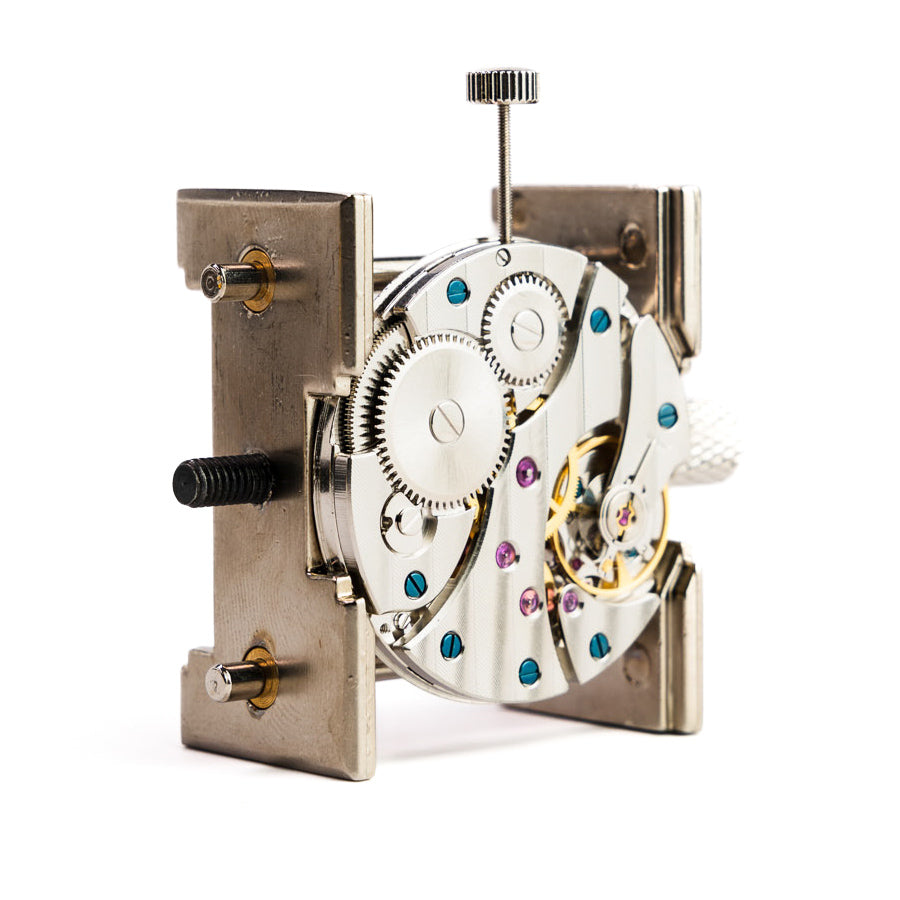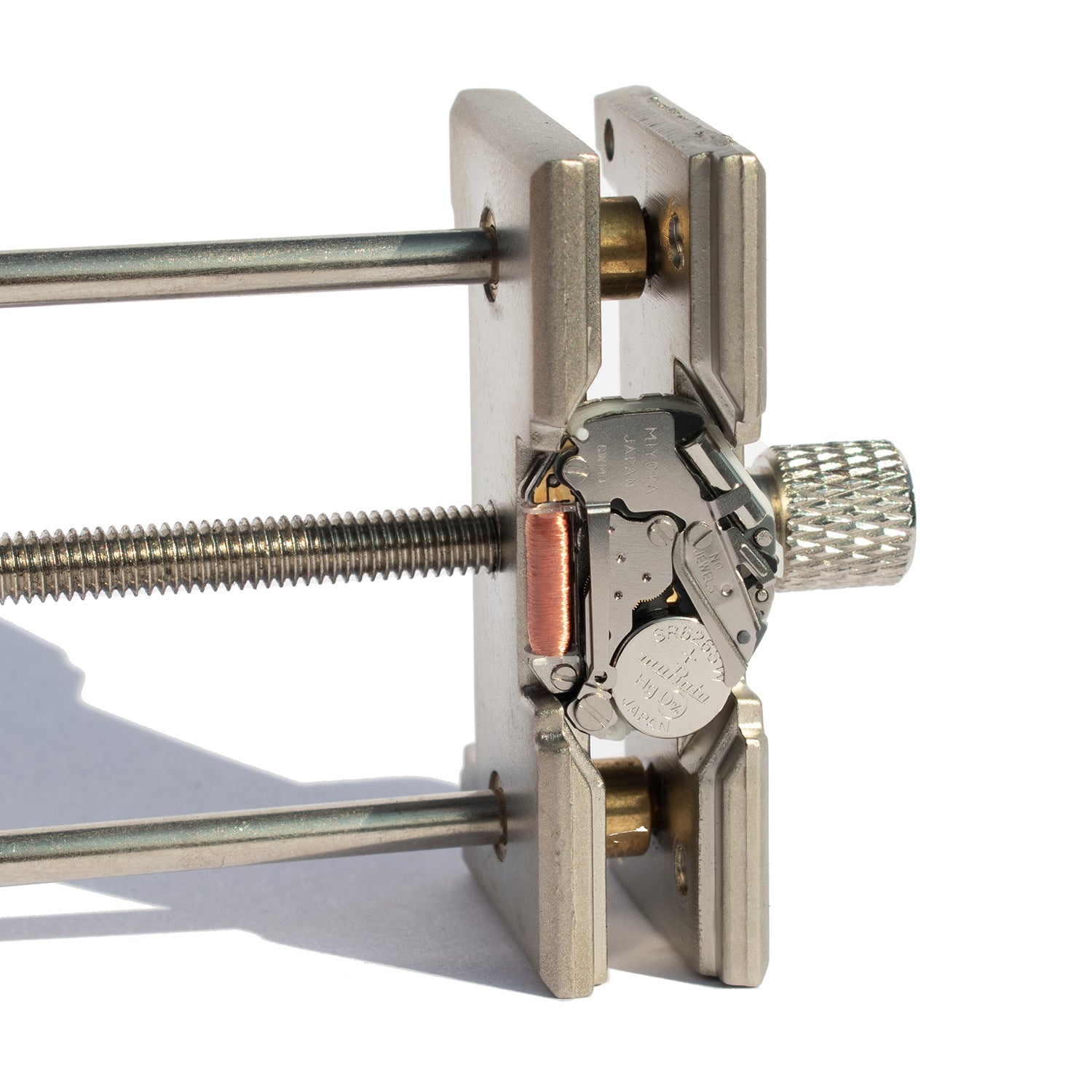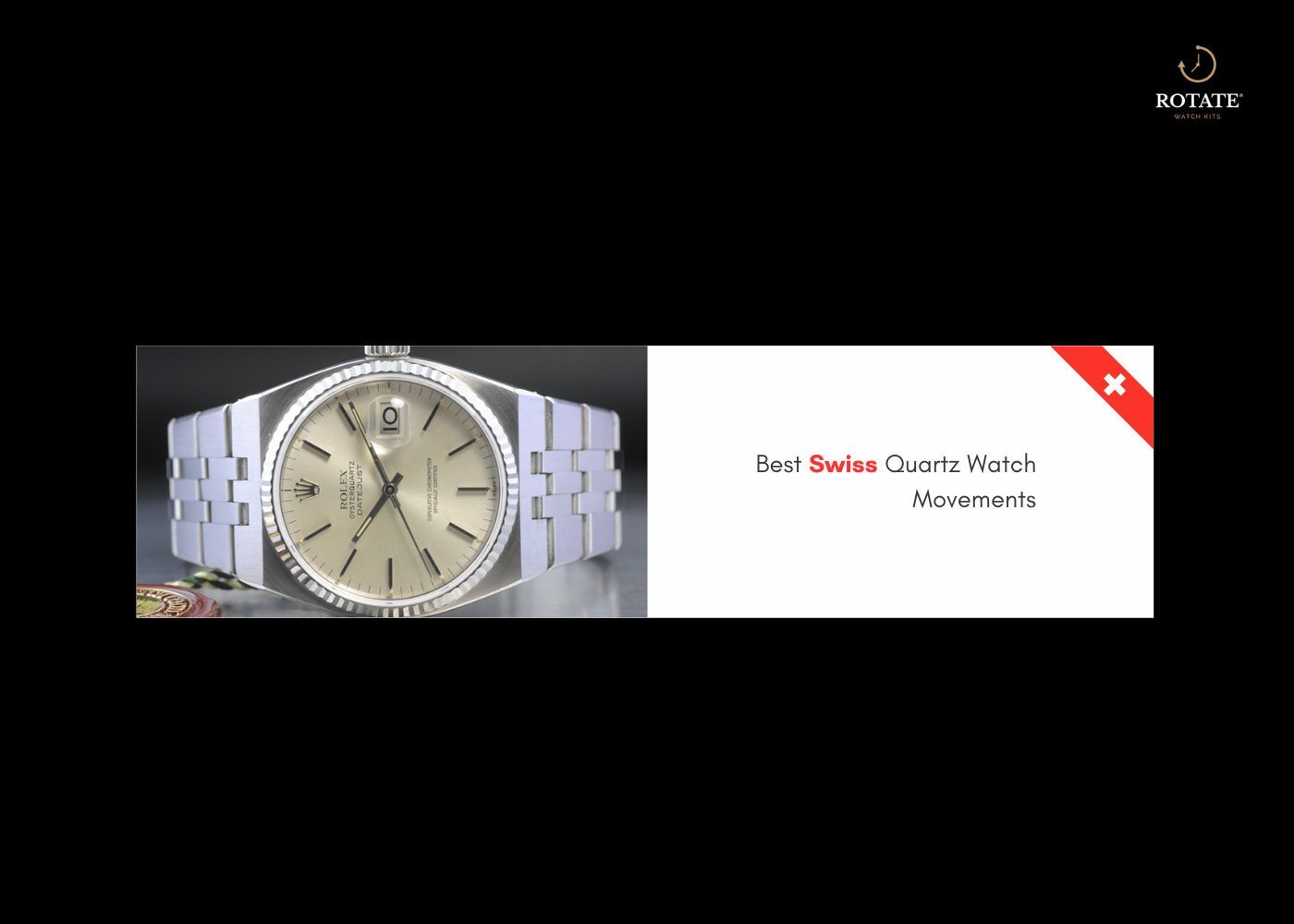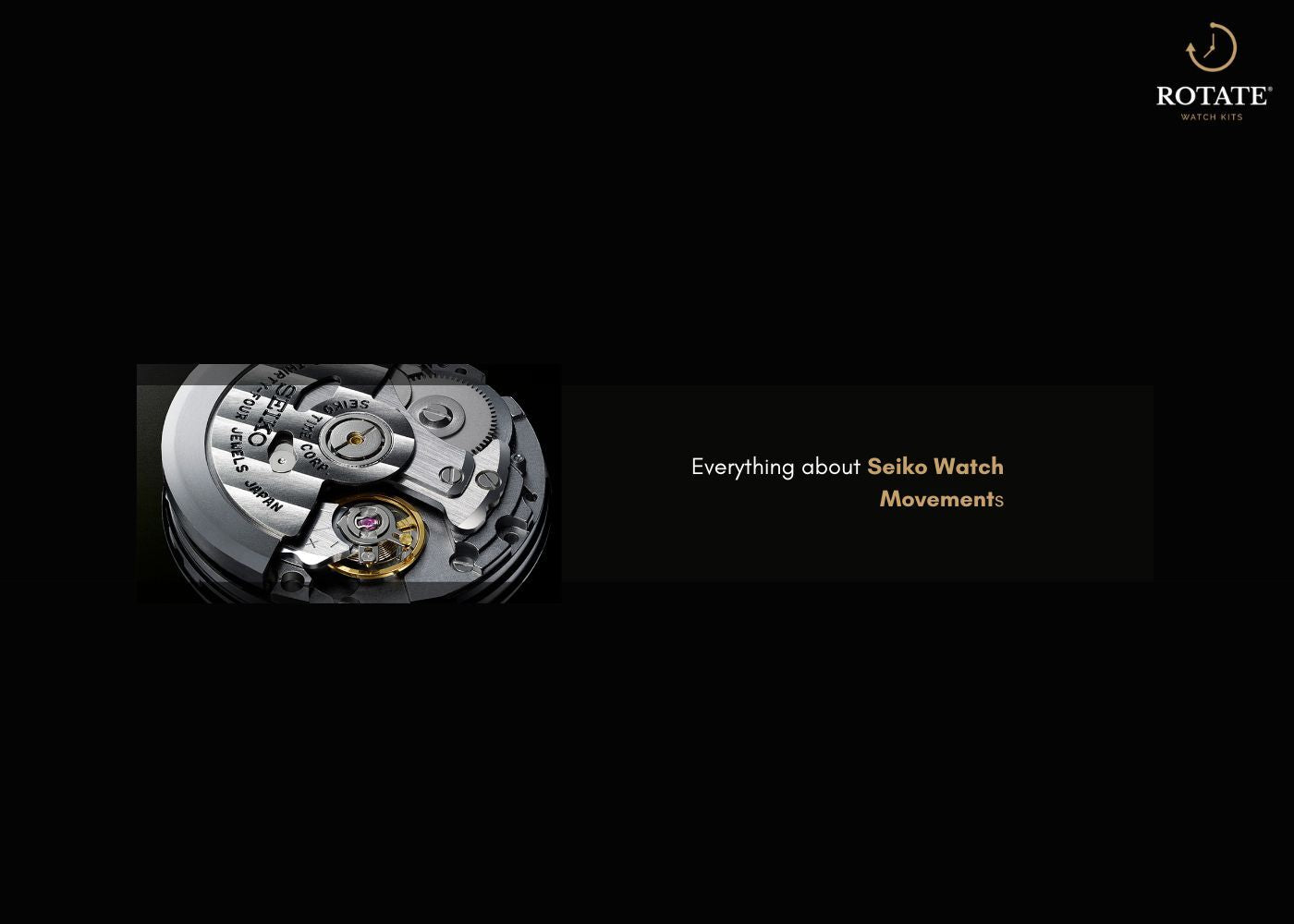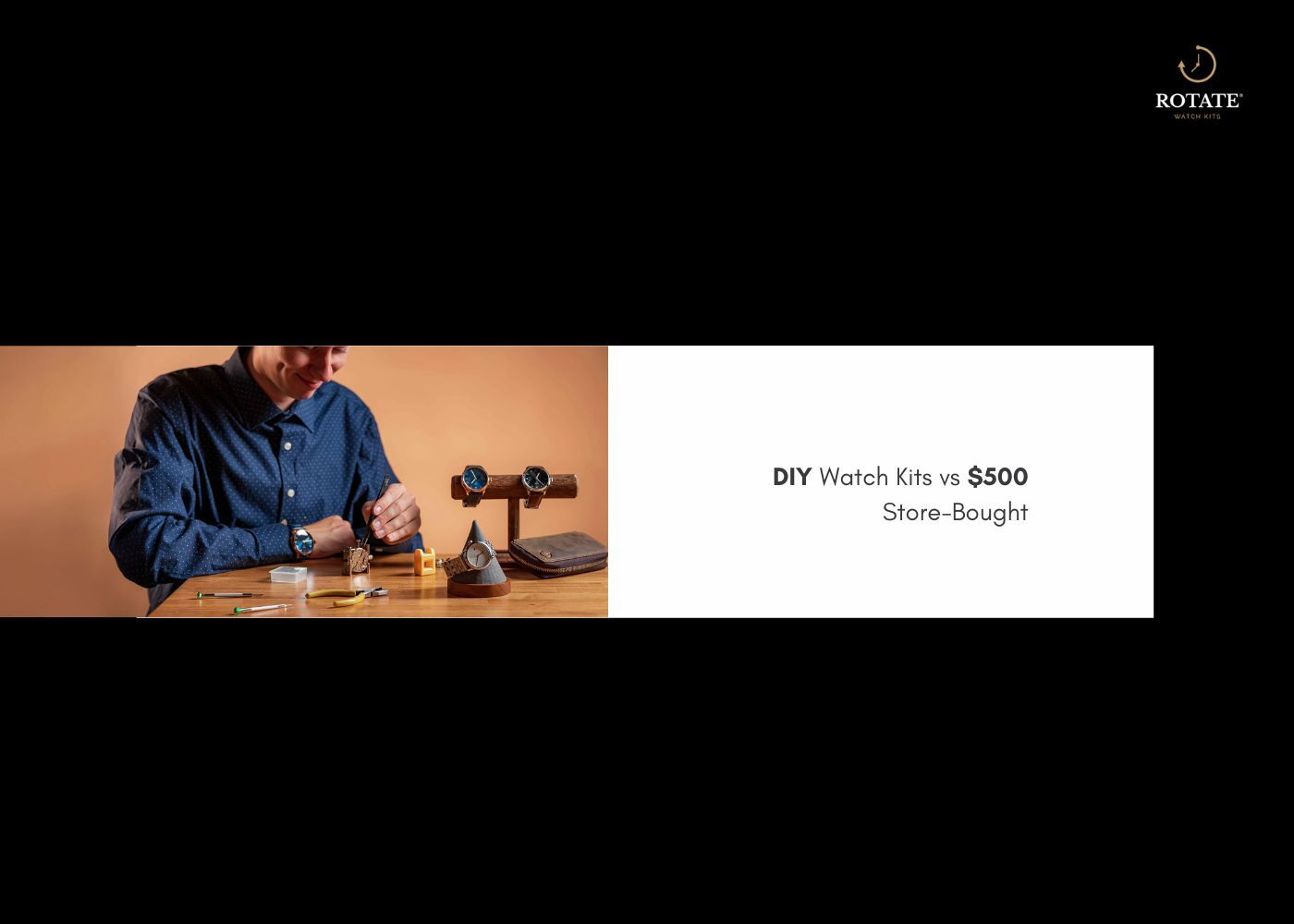
DIY Watch Kits vs $500 Store-Bought: Which Has Better Movements?
Key Takeaways
-
DIY watch kits use identical movements (Seiko NH36, Miyota 8215) found in $500 store-bought watches
-
Movement quality determined by accuracy (±20-40 sec/day), jewel count (21-24), and power reserve (40+ hours)
-
DIY watch movement assembly teaches repair skills and eliminates future service costs
-
Store-bought watches offer convenience but limit customization and understanding
-
Watch kits starting at $140 deliver same mechanical performance as $500 retail watches
What Makes a Watch Movement Better
Movement quality comes down to measurable specifications. Accuracy defines timekeeping precision, typically measured in seconds gained or lost per day. Power reserve indicates how long a wound watch runs, usually 40-50 hours for quality automatics.
Jewel count matters because synthetic rubies reduce friction at pivot points. Quality movements use 21-24 jewels strategically placed at high-wear locations. Build quality shows in finishing smoothness, component precision, and overall durability.
Accuracy Standards for Automatic Movements
The Seiko NH36 maintains ±20-40 seconds daily accuracy, matching movements in watches costing three times more. The Miyota 8215 delivers similar performance with a 21-jewel construction.
What Is Inside a DIY Watch Kit
DIY watch kits from Rotate Watches include complete mechanical movements from established manufacturers. The Seiko NH36 Movement Kit features the same 24-jewel automatic movement found in popular $300-500 retail watches.
Each kit contains the movement, case, dial, hands, strap, and all necessary tools. The assembly process takes 2-5 hours depending on complexity. Detailed guides walk through each step without requiring prior experience.
Components in Quality Watch Kits
Premium watch kits use stainless steel cases, genuine leather or metal straps, and reliable movements. The Marco Watchmaking Kit includes a Seiko NH36 automatic movement with exhibition case back for $225.
Movement specifications match retail watches. The NH36 offers hand-winding capability, hacking seconds, and date functionality. Understanding how automatic watches work reveals why these components matter.
What Do You Get With a $500 Store-Bought Watch
Most $500 retail watches use the same Seiko NH35/36 or Miyota 8215 movements found in DIY watch kits. Brands source these proven calibers, assemble them in cases, and add markup for distribution, marketing, and retail overhead.
Factory assembly means the movement arrives sealed. You cannot access internal components without voiding warranties. Customization options remain limited to strap changes.
Movement Sourcing in Retail Watches
Popular brands like Invicta, Orient, and mid-tier Seiko models all use these same movements. The $200-500 price range typically features NH35/36 calibers. You pay for brand recognition and convenience, not superior movement quality.
DIY Watch Movement vs Store-Bought: The Real Comparison
Comparing DIY watch movement specifications to retail watches reveals identical performance metrics. Both use the same base calibers from Seiko, Miyota, or Seagull.
Accuracy and Performance
The Seiko NH36 movement maintains the same ±20-40 seconds daily accuracy whether installed in a DIY watch kit or $500 retail watch. Power reserve remains 41+ hours in both applications.
Learn more about Seiko movement accuracy and performance expectations across price ranges.
Build Quality and Customization
DIY watch kits use identical materials. The Wright Watchmaking Kit features a Seagull ST3600 hand-wound movement in stainless steel with exhibition case back for $195.
Customization extends beyond straps. Choose dials, hands, and case styles. The Cabot Watchmaking Kit offers blue dial options with the reliable NH36 movement.
Educational and Emotional Value
Assembling a DIY watch movement teaches mechanical principles. You understand each component's function, from balance wheel to escapement. Future maintenance becomes manageable rather than mysterious.
The satisfaction of wearing something built by hand adds intangible value. Store-bought watches cannot replicate this connection. Read about how to begin watchmaking for detailed guidance.
Long-Term Maintenance and Repair
DIY watch builders can service their own timepieces. Understanding mechanical watch basics enables adjustments, cleaning, and regulation without expensive service appointments.
Store-bought watches require sending to service centers. Typical costs range $150-300 for basic maintenance. Over 10 years, this exceeds the initial watch kit investment.
Are DIY Watch Movements Reliable for Everyday Use
The same movements powering millions of retail watches run DIY watch kits. Seiko NH36 movements have proven track records spanning decades. The Miyota 8215 movement delivers comparable reliability.
Water resistance depends on case construction and proper assembly. Most watch kits offer 50-100 meter ratings suitable for daily wear and swimming. The Marco kit provides 100-meter protection.
Warranty and Support
Rotate Watches includes lifetime warranty coverage on all watch kits. Compare this to typical 1-2 year retail warranties. Understanding how long automatic watches last sets realistic expectations.
Best DIY Watch Kits With Quality Movements
Three standout options demonstrate DIY watch kit value:
The Marco Watchmaking Kit features a Seiko NH36 automatic in an all-black design with skeleton dial. Easy difficulty level suits beginners.
The Wright Watchmaking Kit uses a Seagull ST3600 hand-wound movement for $195. This 17-jewel caliber teaches traditional watchmaking fundamentals.
The Eiffel Watchmaking Kit pairs a Miyota 8215 automatic with elegant black and gold styling for $225.
Compare top Miyota movements to understand caliber differences.
When a Store-Bought Watch Might Still Make Sense
Convenience matters for some buyers. Ready-to-wear watches eliminate assembly time. Brand prestige appeals to collectors seeking specific heritage.
Gift-giving scenarios favor complete watches over kits. Recipients without DIY interest may prefer finished pieces. Time constraints can justify the convenience premium.
Why More Watch Enthusiasts Choose DIY Kits Over Store-Bought
DIY watch kits deliver identical movement quality at 40-60% lower cost. The learning experience adds value beyond the physical timepiece. Customization options exceed retail offerings.
Starting with how to start watch collecting guides newcomers through essential concepts and decision factors.
Final Thoughts on DIY Watch Kits and Movement Quality
DIY watch kits match or exceed $500 store-bought watches in movement specifications. The same Seiko NH36, Miyota 8215, and Seagull ST3600 calibers power both options. The difference lies in assembly, learning opportunity, and cost efficiency.
Building watches teaches mechanical principles while creating functional timepieces. The satisfaction of wearing self-assembled watches adds intangible value. Starting at $140, watch kits democratize watchmaking without compromising quality.
Time isn't just measured, it's built with your own hands.
Start your watchmaking journey with Rotate Watches, where complete DIY kits transform curiosity into craftsmanship. Browse our collection of watch kits to find your perfect match, from complete timepieces to intricate movement kits. Your watchmaking story begins with a single screw. Start building today.
FAQs
1. Are DIY watch kits as accurate as store-bought watches?
Yes. Most DIY watch kits from Rotate use high-grade movements like the Seiko NH36, Miyota 8215, or Seagull ST3600-the same ones found in many $500 watches. When properly assembled and wound, they maintain an accuracy of roughly -20 to +40 seconds per day, matching commercial automatic watches in this price range.
2. What kind of movements come in Rotate's DIY Watch Kits?
Each watch kit includes a reliable Japanese or Chinese mechanical movement. For instance, the Marco Kit uses a Seiko NH36 automatic, the Eiffel Kit features a Miyota 8215, and the Wright Kit includes a Seagull ST3600 hand-wound movement. All offer jeweled construction, durable build quality, and long power reserves of 40+ hours.
3. How difficult is it to assemble a DIY watch kit?
Rotate designs DIY watch kits for beginners and enthusiasts alike. Each kit comes with pre-checked mechanical parts, essential tools, gloves, and a step-by-step online guide. The process takes a few hours and requires patience rather than prior experience-making it an enjoyable learning experience.
4. Do DIY watches last as long as store-bought ones?
Absolutely. With stainless steel cases, genuine leather or metal straps, and durable mechanical movements, Rotate watches are built to last. Unlike many store-bought models, DIY watches are easier to service or regulate yourself, extending their lifespan significantly.
5. Why should I choose a DIY watch kit over a pre-assembled watch?
A DIY watch kit gives you the satisfaction of creating your own timepiece while delivering comparable performance to a $500 store watch. You gain practical watchmaking skills, full customization options, and a lifetime warranty from Rotate-turning your project into both a craft and a keepsake.
{ "@context": "https://schema.org", "@type": "FAQPage", "mainEntity": [ { "@type": "Question", "name": "Are DIY watch kits as accurate as store-bought watches?", "acceptedAnswer": { "@type": "Answer", "text": "Yes. Most DIY watch kits from Rotate use high-grade movements like the Seiko NH36, Miyota 8215, or Seagull ST3600—the same ones found in many $500 watches. When properly assembled and wound, they maintain an accuracy of roughly –20 to +40 seconds per day, matching commercial automatic watches in this price range." } }, { "@type": "Question", "name": "What kind of movements come in Rotate’s DIY Watch Kits?", "acceptedAnswer": { "@type": "Answer", "text": "Each watch kit includes a reliable Japanese or Chinese mechanical movement. For instance, the Marco Kit uses a Seiko NH36 automatic, the Eiffel Kit features a Miyota 8215, and the Wright Kit includes a Seagull ST3600 hand-wound movement. All offer jeweled construction, durable build quality, and long power reserves of 40+ hours." } }, { "@type": "Question", "name": "How difficult is it to assemble a DIY watch kit?", "acceptedAnswer": { "@type": "Answer", "text": "Rotate designs DIY watch kits for beginners and enthusiasts alike. Each kit comes with pre-checked mechanical parts, essential tools, gloves, and a step-by-step online guide. The process takes a few hours and requires patience rather than prior experience—making it an enjoyable learning experience." } }, { "@type": "Question", "name": "Do DIY watches last as long as store-bought ones?", "acceptedAnswer": { "@type": "Answer", "text": "Absolutely. With stainless steel cases, genuine leather or metal straps, and durable mechanical movements, Rotate watches are built to last. Unlike many store-bought models, DIY watches are easier to service or regulate yourself, extending their lifespan significantly." } }, { "@type": "Question", "name": "Why should I choose a DIY watch kit over a pre-assembled watch?", "acceptedAnswer": { "@type": "Answer", "text": "A DIY watch kit gives you the satisfaction of creating your own timepiece while delivering comparable performance to a $500 store watch. You gain practical watchmaking skills, full customization options, and a lifetime warranty from Rotate—turning your project into both a craft and a keepsake." } } ] }


